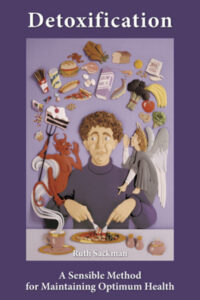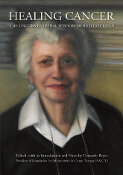The turnip, which belongs to the mustard family, is reported to have come from Russia, Siberia, and the Scandinavian peninsula. It has been used since ancient times. Columella wrote in A.D. 42 that two varieties of turnips were grown in what is now known as France. Pliny refers to five varieties, and stated that the broad-bottom flat turnip and the globular turnip were the most popular.
Back in the sixteenth century, giant turnips created comment. In 1558, Matthiolus spoke of having heard of long purple turnips weighing thirty pounds: however, this may be considered small compared with the turnip weighing one hundred pounds grown in California in 1850.
Cartier sowed turnip seed in Canada as early as 1540, and they were cultivated in Virginia in 1609, and in Massachusetts as early as 1629. In 1707 they were plentiful around Philadelphia, and their use was recorded in South Carolina as early as 1779.
Turnips may be served steamed, with drawn butter or cream sauce. They are also excellent raw and shredded in salads.
Turnip greens are excellent cooked the same way spinach is usually cooked. The greens should be cooked in a covered pan until tender, using only the water that clings to the leaves.
Regardless of variety, turnips have much the same flavor if grown under the same conditions. They may be distinguished by shape, as round, flat, or top-shaped, and also by color of the flesh white or yellow-by the color of the skin, and by the leaves. Varieties like Seven Top and Shogoin are grown almost exclusively for the leaves.
The most popular variety is the Purple Top White Globe. This variety has a large globe-shaped root, with an irregularly marked purple cap, and its flesh is white, sweet, crisp, and tender. The leaves are dark green, large, and erect.
The therapeutic value of a Turnip
Turnips are very high in sulfur and are sometimes gas forming. The root vegetable can be considered a carbohydrate vegetable. If eaten raw, they have a high content of vitamin C. Turnip juice is especially good for any mucous and catarrhal conditions. They have been used successfully in all bronchial disturbances, even asthma. Turnip packs over the chest are good for relieving bronchial disorders and packs over the throat are good for sore throats. When fresh and young, turnips can be used raw in salads. They leave an alkaline ash, and have a low calorie content and low carbohydrate content. They can be used in most diets.
Turnip leaves are considered good for controlling calcium in the body, as are all other greens. They have been used successfully in the South to combat pellagra, which is a disease caused by lack of calcium in the body.
Nutrients in one pound of Turnip
Calories: 117
Protein: 3.9 g
Fat: .8 g
Carbohydrates: 25.7 g
Calcium: 152 mg
Phosphorus: 117 mg
Iron: 2 mg
Vitamin A: trace I.U.
Thiamine: .16 mg
Riboflavin: .26 mg
Niacin: 2.2 mg
Ascorbic Acid: 140 mg
Nutrients in one pound of turnip greens only
Calories: 140
Protein: 11 g
Fat: .1.5 g
Carbohydrates: 20.6 g
Calcium: 987 mg
Phosphorus: 190 mg
Iron: 9.1 mg
Vitamin A: 34,470 I.U.
Thiamine: .37 mg
Riboflavin: 2.15 mg
Niacin: 2.9 mg
Ascorbic Acid: 519 mg





